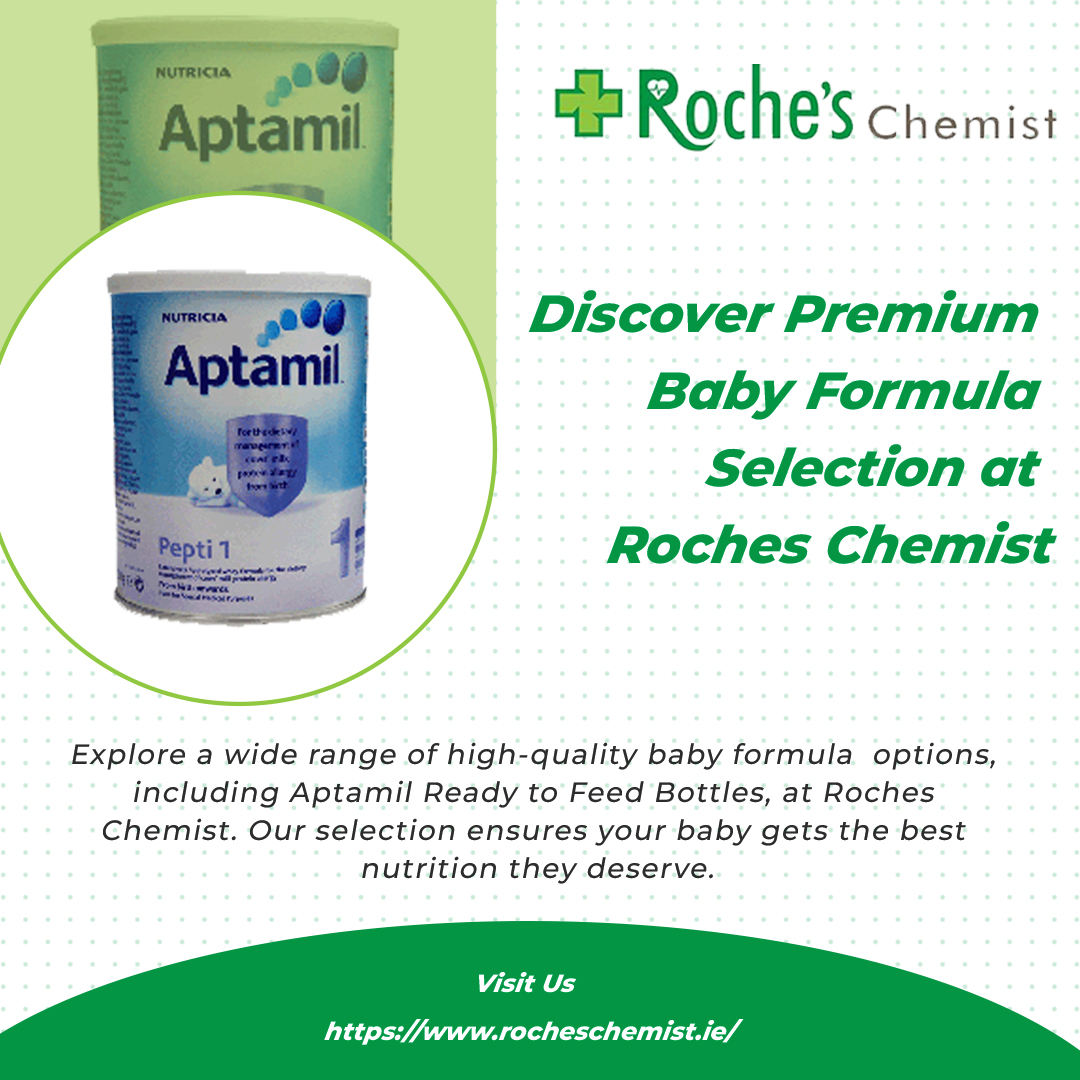Laboratories across various industries rely on fume hoods to protect personnel and the environment from hazardous fumes, gases, and particles generated during experiments and chemical processes. Traditional ducted fume hoods have long been the standard choice for these applications, but ductless and portable fume hoods have gained popularity due to their flexibility and cost-effectiveness. However, before incorporating ductless and portable fume hoods into your laboratory setup, it is crucial to understand the regulatory and compliance considerations associated with their use. This article, provided by Cleatech LLC, explores these considerations in depth, offering actionable insights for a safe and compliant laboratory environment.
Understanding Ductless and Portable Fume Hoods
Ductless fume hoods, also known as filtered fume hoods, are self-contained units equipped with filtration systems that capture and neutralize hazardous fumes and particles, releasing clean air back into the laboratory. These hoods are versatile and require no external ductwork, making them suitable for laboratories with limited space or where duct installation is not feasible.
Portable fume hoods are a subcategory of ductless hoods designed to be easily moved around the laboratory. They offer flexibility in positioning and can accommodate various experimental setups, making them an attractive choice for researchers who require mobility.
Identifying Applicable Regulations
Before integrating ductless and portable fume hoods into your laboratory, it is essential to identify the regulatory framework that applies to your specific research and industry. Several regulations and standards may govern the use of fume hoods, including:
Occupational Safety and Health Administration (OSHA): In the United States, OSHA sets workplace safety standards. Laboratories must adhere to OSHA’s Hazard Communication Standard (HazCom) and Laboratory Standard, which require employers to assess chemical hazards and provide appropriate protection, including fume hoods.
Environmental Protection Agency (EPA): Laboratories dealing with hazardous chemicals and emissions may need to comply with EPA regulations, particularly those related to air quality and emissions control.
National Fire Protection Association (NFPA): NFPA 45, Standard on Fire Protection for Laboratories Using Chemicals, provides guidelines for laboratory safety, including the use of fume hoods.
Local and State Regulations: Depending on your location, you may also need to adhere to local and state regulations that govern laboratory safety and environmental protection.
Risk Assessment and Proper Installation
Before installing ductless and portable fume hoods, conduct a thorough risk assessment to identify the specific hazards present in your laboratory. This assessment will help you determine the appropriate type and features of fume hoods required for your work.
Proper installation of fume hoods is crucial to ensure their effectiveness in capturing and neutralizing hazardous substances. Follow manufacturer guidelines and consider engaging a professional installer, if necessary. Regular maintenance and certification by qualified personnel are also essential to ensure compliance with safety standards.
Selecting the Right Fume Hood
When choosing ductless or portable fume hoods, consider factors such as the type and quantity of chemicals you work with, the size of your laboratory, and the specific experiments conducted. Select hoods that are suitable for your application and provide adequate protection.
Key features to look for when selecting fume hoods include:
Filtration System: Ensure the filtration system can effectively capture and neutralize the hazardous substances used in your laboratory.
Face Velocity: Maintain the recommended face velocity to ensure efficient containment of fumes and particles.
Size and Design: Choose a hood size and design that accommodate your experimental setup and workflow.
Monitoring and Alarm Systems: Some fume hoods come equipped with monitoring and alarm systems that alert users to filter saturation or other issues.
Air Quality and Emissions Control
One of the primary considerations when using ductless fume hoods is air quality and emissions control. The effectiveness of the filtration system in capturing and neutralizing hazardous substances directly impacts air quality in the laboratory.
To maintain compliance with regulations, take the following steps:
Regular Maintenance: Follow the manufacturer’s maintenance schedule to replace filters and perform routine checks on the filtration system.
Filter Replacement: Replace filters according to the manufacturer’s recommendations or when they become saturated. Keep records of filter changes for compliance purposes.
Monitoring: Install air quality monitoring devices to ensure that the air within the laboratory remains safe for personnel and the environment.
Containment Efficiency: Regularly test the containment efficiency of your fume hood to confirm that it meets safety standards.
Employee Training and Safety Protocols
Ensuring laboratory personnel are properly trained in the use of ductless and portable fume hoods is a critical aspect of compliance. Develop comprehensive safety protocols that include:
Proper Hood Operation: Train personnel on how to use fume hoods correctly, including the importance of keeping the sash closed when not in use.
Emergency Procedures: Implement emergency procedures and evacuation plans in case of hood failure or exposure to hazardous substances.
Personal Protective Equipment (PPE): Mandate the use of appropriate PPE, such as gloves, lab coats, and safety goggles, in conjunction with fume hoods.
Handling Chemicals: Educate laboratory staff on the safe handling, storage, and disposal of chemicals to minimize potential hazards.
Regular Testing and Certification
Regular testing and certification of ductless and portable fume hoods are essential to ensure compliance with safety standards. Periodic testing should include:
Face Velocity Testing: Verify that the face velocity of the fume hood falls within the recommended range for effective containment.
Containment Testing: Perform containment tests to assess the hood’s ability to capture and contain hazardous substances.
Filter Integrity: Test the integrity of the filtration system to ensure that it effectively neutralizes hazardous fumes and particles.
Alarm Systems: Check that monitoring and alarm systems are functioning correctly.
Certification should be conducted by qualified professionals, and records should be maintained as evidence of compliance.
Documentation and Record Keeping
Effective record keeping is crucial for regulatory compliance. Maintain detailed records of:
Installation and Maintenance: Document the installation, maintenance, and certification of ductless and portable fume hoods.
Filter Changes: Keep records of filter replacement dates and any associated documentation provided by the manufacturer.
Employee Training: Maintain records of employee training, including dates and topics covered.
Emergency Drills: Document the results of emergency drills and any improvements made based on the outcomes.
Waste Management and Disposal
Proper disposal of hazardous waste generated within the laboratory is a vital aspect of regulatory compliance. Follow these guidelines:
Hazardous Waste Classification: Clearly classify and label hazardous waste according to local, state, and federal regulations.
Storage: Store hazardous waste in approved containers and designate a separate area for waste storage.
Disposal: Arrange for the safe disposal of hazardous waste through authorized waste management services or facilities.
Documentation: Maintain records of hazardous waste generation, storage, and disposal for compliance purposes.
Periodic Audits and Regulatory Updates
To stay compliant with evolving regulations and standards, conduct periodic audits of your laboratory’s fume hood systems and safety protocols. These audits should encompass:
Regulatory Compliance: Verify that your laboratory adheres to the latest regulations and standards applicable to fume hoods.
System Performance: Evaluate the performance of ductless and portable fume hoods and address any issues promptly.
Employee Training: Ensure that all laboratory personnel are up-to-date with safety training and protocols.
Documentation Review: Review records and documentation to confirm their accuracy and completeness.
Conclusion
Ductless and portable fume hoods offer versatility and cost-effectiveness, making them viable options for laboratories across various industries. However, ensuring compliance with regulatory requirements is essential to maintain a safe and environmentally responsible laboratory environment.
By following the guidelines and considerations outlined in this article, laboratory managers and researchers can confidently integrate ductless and portable fume hoods into their workspace while adhering to the necessary compliance measures. Remember that regulatory compliance is an ongoing process, requiring vigilance and a commitment to safety and environmental protection. Stay informed about updates to regulations and safety standards to ensure that your laboratory remains in compliance at all times.







